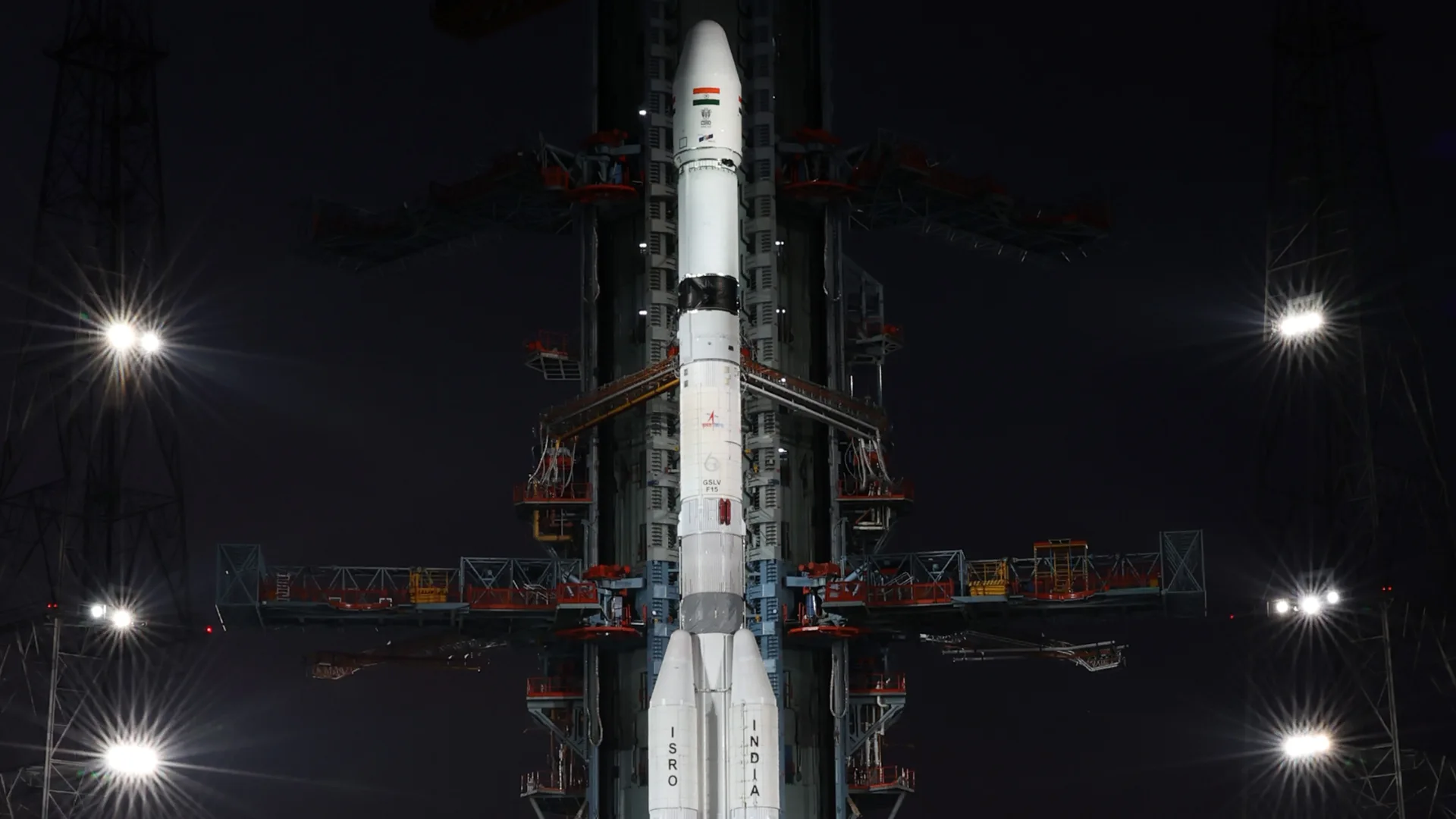The Indian Space Research Organisation (ISRO) is poised to mark a historic milestone with its 100th rocket launch from the Satish Dhawan Space Centre in Sriharikota, as the countdown begins for the much-anticipated GSLV-F15 NVS-02 mission. Scheduled for January 29, 2025, at 6:23 AM, this launch will be a major achievement in India’s space exploration journey. The live streaming of the event will begin at 5:50 AM via ISRO’s official YouTube account, offering enthusiasts and followers worldwide the chance to witness this landmark event.
The GSLV-F15 rocket will carry the NVS-02 satellite, which is part of the Navigation with Indian Constellation (NavIC) system. NavIC is India’s indigenous regional navigation satellite system, designed to provide accurate Position, Velocity, and Timing (PVT) services to users not only in India but also up to 1,500 km beyond its borders. This satellite will enhance NavIC’s capabilities, which are crucial for a wide range of applications, including navigation, precision agriculture, emergency services, fleet management, and location services on mobile devices.
This launch marks the 17th flight of the GSLV rocket from Sriharikota and is an important step in ISRO’s continuous efforts to improve the nation’s space capabilities. The NVS-02 satellite is the second in India’s new generation of navigation satellites, which will further strengthen the country’s satellite navigation system and improve the accuracy and reliability of services for both civilian and defense applications.
The significance of this mission goes beyond just the technical achievement. It highlights India’s growing space prowess and its increasing role in the global space community. As ISRO nears its 100th launch, the organization has not only contributed to the nation’s technological growth but also demonstrated its expertise in achieving significant space exploration milestones.
The GSLV-F15 NVS-02 mission is a testament to ISRO’s relentless dedication to advancing India’s space program. With this launch, ISRO aims to continue to build upon its impressive track record and to inspire future generations of scientists, engineers, and innovators to dream big and reach for the stars.
ALSO READ: Why Did NASA Choose Noida’s 14-Year-Old Boy To Name An Asteroid?























